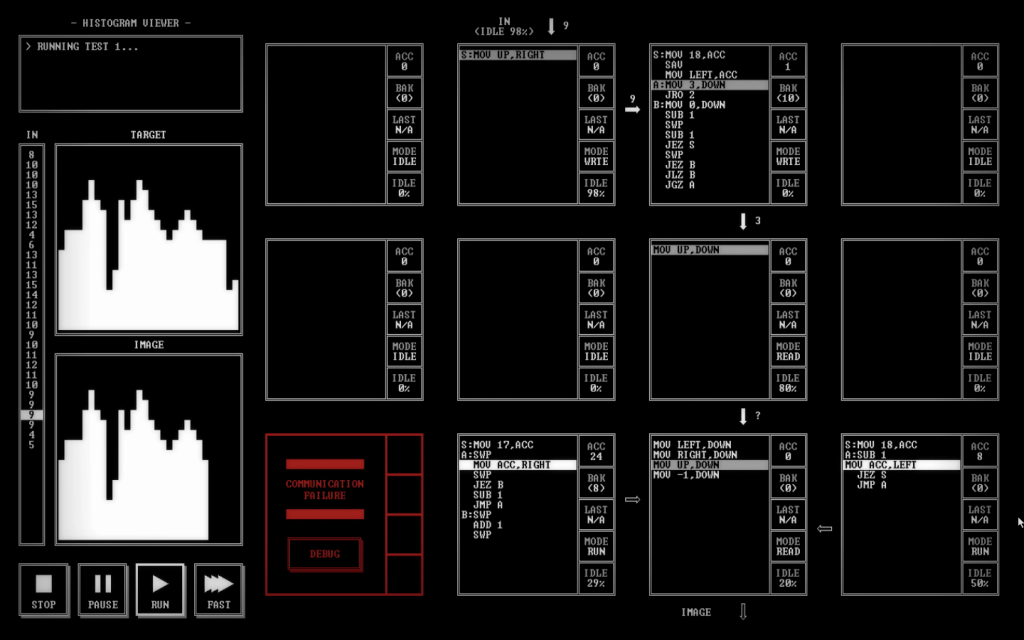On the 25.04.19, at 16.30-19:30, led by Professor Lily Díaz in Learning Centre, JUHO the doctoral student Juan Duarte will present his on-going research titled:
Environmental Media: a study on the mediation of technology in ecological artistic practices
Abstract:
The research aims to work around technologies on location, that are used on open environmental data sensing for intermedia art context. The production of devices aims follow a usability process of Interaction Design focusing on principles of sustainability and maker culture. As an outcome of the research, I expect to collect field experiences active communities Accompanying study cases, the research wants to question the role of media technologies in the field of environmental arts to support the development of both art and science collaborations.
The existing scientific proof of planetary issues such as global warming still seems trivial to an important sector of the population. Thus a data platform for environmentalist art could support scientific research by bringing attention to environmental degradation. Artistic research could help reconcile society with a planetary vision through citizen initiatives that empower us with tools that help with making decisions, such as monitoring pollution levels or mapping relations between technological footprints, and planetary cycles.
Bio:
Mexican-born media artist Juan Duarte Regino works on interaction as a tool for generative art experiments. He is part of Pixelache – art and activist group based in Helsinki. Currently a doctoral student in New Media in Aalto University in Helsinki, Finland, he reflects on the information society paradigm from the point of view of his background in media art, with a special focus on open source technologies developed in DIY communities and grassroots initiatives. Duarte’s work has been presented in IAMAS, Spiral Gallery, Ljudmila, Radio, and TV Museum of Lahti, Centre for Contemporary Art Ujazdowski Castle, Mänttä Art, Generate! Festival, CTM Festival, Lofoten Sound Art Symposium.
His background is in Audiovisual Communication (Bachelor of Arts), and New Media Arts (Master of Arts). His research is around technologies on location, to be used for open environmental data sensing in an intermedia context. The sensing devices developed follow an Interaction Design process focusing on principles of sustainability and maker culture. The outcome of the research (consisting of workshops, lectures exhibitions, and live media performances) expects to collect field experiences from a community of creators, specialized on potentialities of locative media, in order to serve environmental queries through artistic and scientific procedures.
Guest speaker: Martin Howse
Abstract:
Symbiotic ur-networks of silent fungal and root chatter and earth vibration, named chemical gradients tasted by rooty and human tongues fruit forest-wide in fairy rings, rising up in form and outgrowing Jodrell bank and Arecibo, outclassing them unknown in bringing down the stars to Earth.Martin Howse, 2017
Noting simple parallels between the scaled formations of radio telescope arrays, and the arrayed forms of certain mushroom bodies such as those of Amanita Muscaria, Martin Howse aims to further explore this spored coincidence of cosmos and micro-cosmos, initiating the first forest Radio Mycelium Array.
Conventional radio telescope arrays make use of a technique called interferometry to combine signals received on multiple smaller antennas, creating a larger, more precise view of the electromagnetic Universe. In the case of the RMA, the arrayed Amanita mushrooms act as receiving antennas for deep space signals, to be combined in underground mycelial electrochemical signals. Star dust and mushroom spore combine imaginatively, with both technologies provoking potentially meaningful earth and cosmic signals.
Radio Mycelium Array (RMA) is exhibited both as a speculative prototype (mushroom bodies connected to a digital interferometer device and display), and as documentation of “working” forest studies with similar equipment. Audio recordings of received signals are also available (inscribed on vinyl in sleeves printed with copper spore patterns from the Amanita mushrooms, the antennae).
Bio
Martin Howse’s work spans the fields of computing programming, writing, education and performance. A true explorer of urban scapes, his ideas consider our intimate and embodied relationship with our environment. His work has been received several awards (including first prize at Art & Artificial Life competition VIDA 8.0, 2005) and he has curated and participated in several seminars and performances (ICA, London, Transmediale, Berlin, Tuned City, Berlin & Brussels). In 2006 Martin co-founded xxxxx, organising one large-scale conference and concert series in London (xxxxx) and publishing the acclaimed xxxxx [reader]. From 2007 to 2009 he has hosted a regular workshop, micro-residency and salon series in Berlin, most recently under the banner of _____-micro-research. More recently micro-research has been established as a mobile platform for psychogeophysical research with ongoing projects in London, Peenemuende, Lyme Regis and Berlin. For the last ten years he has collaborated on numerous open-laboratory style projects and performed, published, lectured and exhibited worldwide.

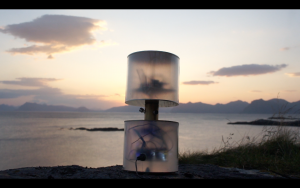
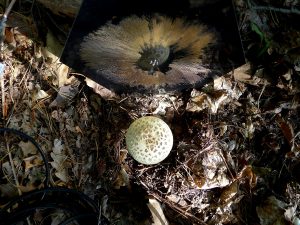
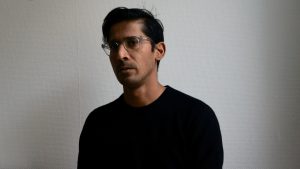
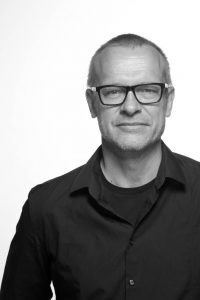 Horst Hörtner is a media artist and researcher. He is expert in design of Human Computer Interaction and holds several patents in this field. He started to work in the field of media art in the 1980ies and co-founded the media art group x-space in Graz/Austria in 1990. Hörtner is founding member of the Ars Electronica Futurelab in 1996 and since then directing this atelier/laboratory.
Horst Hörtner is a media artist and researcher. He is expert in design of Human Computer Interaction and holds several patents in this field. He started to work in the field of media art in the 1980ies and co-founded the media art group x-space in Graz/Austria in 1990. Hörtner is founding member of the Ars Electronica Futurelab in 1996 and since then directing this atelier/laboratory.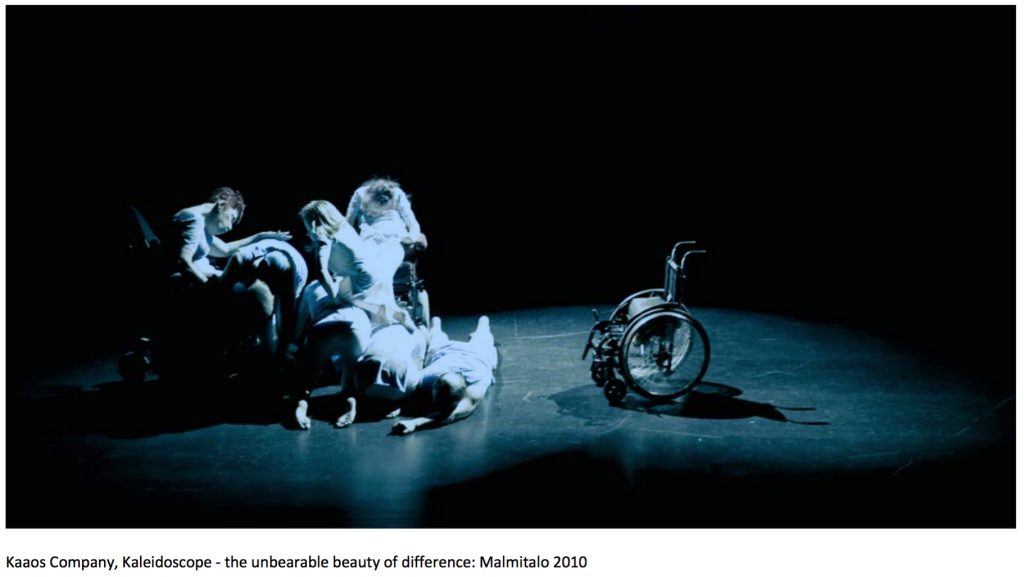
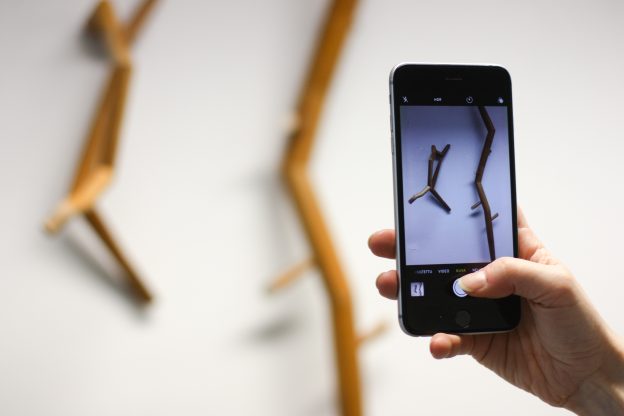
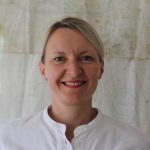 Heli Rantavuo, is Director of insights for global growth at Spotify R&D. She graduated as Doctor of Arts from the Media Lab in 2009 and has since then worked as design researcher and research leader at Spotify, eBay, Microsoft and Nokia in London, Stockholm and Helsinki. Heli’s particular focus in the tech industry is creating practices that are multi-method and multi-disciplinary: understanding people across product, engineering and design in a way that combines ethnography, user experience and data analysis. At the moment Heli investigates what it means to design with algorithms for global audiences.
Heli Rantavuo, is Director of insights for global growth at Spotify R&D. She graduated as Doctor of Arts from the Media Lab in 2009 and has since then worked as design researcher and research leader at Spotify, eBay, Microsoft and Nokia in London, Stockholm and Helsinki. Heli’s particular focus in the tech industry is creating practices that are multi-method and multi-disciplinary: understanding people across product, engineering and design in a way that combines ethnography, user experience and data analysis. At the moment Heli investigates what it means to design with algorithms for global audiences.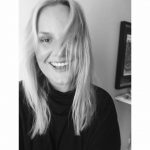 Iida Hietala is a doctoral candidate at Aalto University Media Lab. She is a Master of Science (Econ.) in Marketing, and a Master of Social Sciences in Journalism and Mass Communication. Her research focuses on the intersections of arts, consumerism, digital culture, and subjectivity.
Iida Hietala is a doctoral candidate at Aalto University Media Lab. She is a Master of Science (Econ.) in Marketing, and a Master of Social Sciences in Journalism and Mass Communication. Her research focuses on the intersections of arts, consumerism, digital culture, and subjectivity.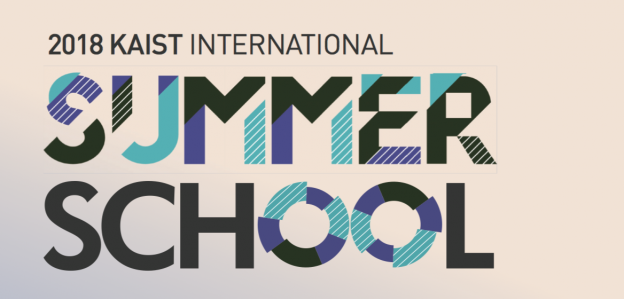
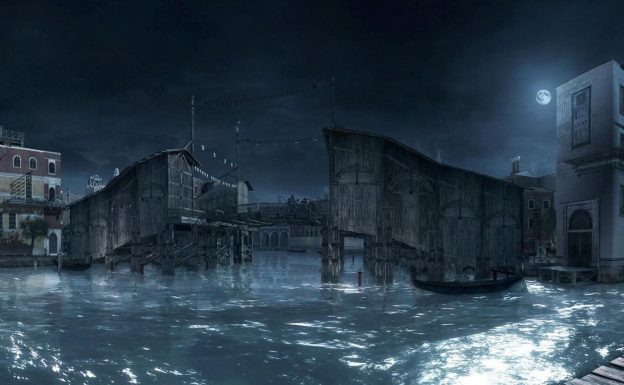
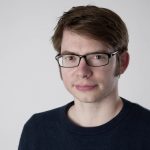 Yannick Rochat is a junior lecturer at the faculty of arts of the University of Lausanne (UNIL). He owns a MSc in mathematics and a PhD in mathematics applied to humanities and social sciences. His fields of study are digital humanities, new media and game studies. He is an occasional contributor to Swiss newspaper Le Temps.
Yannick Rochat is a junior lecturer at the faculty of arts of the University of Lausanne (UNIL). He owns a MSc in mathematics and a PhD in mathematics applied to humanities and social sciences. His fields of study are digital humanities, new media and game studies. He is an occasional contributor to Swiss newspaper Le Temps.